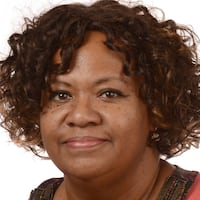As the nation and the metro area celebrates the birth of this country, the AJC asks how well do you know our national anthem?
According to a Washington Post article published in 1931, the year “The Star Spangled Banner” officially became the national athem, the lyrics come from “Defence of Fort M’Henry,” a poem written on September 14, 1814, by the 35-year-old lawyer and amateur poet Francis Scott Key. He witnessed the bombardment of Fort McHenry by British ships of the Royal Navy in Baltimore Harbor during the Battle of Baltimore in the War of 1812. Key was inspired by the large American flag flying triumphantly above the fort during the American victory.
The poem was set to the tune of a popular British song written by John Stafford Smith for the Anacreontic Society, a men’s social club in London. “To Anacreon in Heaven” with various lyrics, was already popular in the United States. Set to Key’s poem and renamed “The Star-Spangled Banner,” it soon became a well-known American patriotic song. With a range of one octave and one fifth (a semitone more than an octave and a half), it is known for being difficult to sing. Although the poem has four stanzas, only the first is commonly sung today.
Below is the complete version of “The Star-Spangled Banner” showing spelling and punctuation from Francis Scott Key’s manuscript in the Maryland Historical Society collection.
O say can you see, by the dawn’s early light,
What so proudly we hail’d at the twilight’s last gleaming,
Whose broad stripes and bright stars through the perilous fight
O’er the ramparts we watch’d were so gallantly streaming?
And the rocket’s red glare, the bomb bursting in air,
Gave proof through the night that our flag was still there,
O say does that star-spangled banner yet wave
O’er the land of the free and the home of the brave?
About the Author
The Latest
Featured



